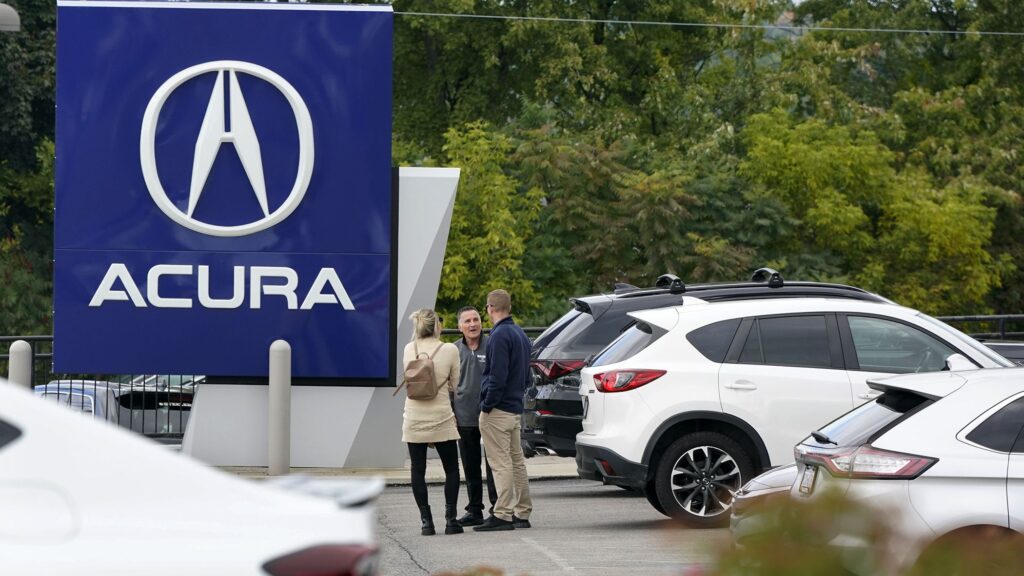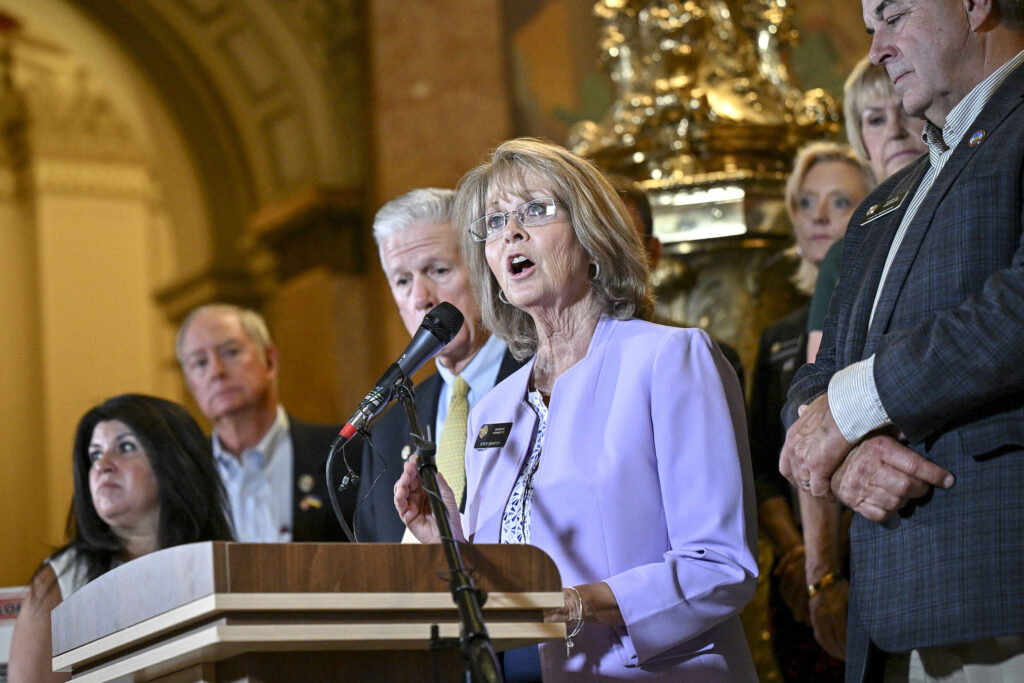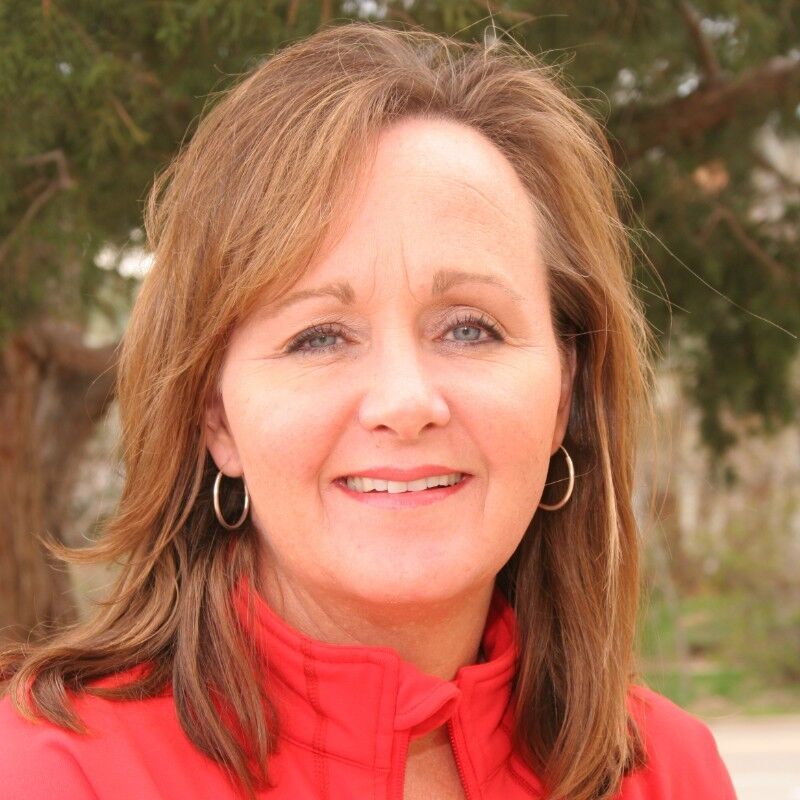? Noonan: Both parties chastened by voters registering Unaffiliated en masse

Voter registration trends for Colorado’s major political parties are getting worse by the month. The “totals” look bad and the “younger voters” numbers are terrible.
Here are the facts: Sept. 1 registered voter numbers for Democrats: 1,166, 819; for Republicans: 1,147,424; and for Unaffiliateds: 1,337,145. Oct. 1 registered voter numbers for Democrats: 1,177,863; for Republicans: 1,154,370; for Unaffiliateds: 1,359,553.
Between Sept. 1 and Oct. 1, Democrats increased their voter list by 11,044, Republicans increased their list by 6,916, and Unaffiliateds increased their list by 22,408.
Unaffiliated voters doubled the number of new registered voters compared to Democrats and tripled the number of new registered voters compared to Republicans.
Even scarier for the parties is the age distribution. As of October, Unaffiliateds have more than twice the number of registered voters in the 18-25 age range as Republicans and about a third more registered voters in that range than Democrats.
Many citizens of Colorado are giving political parties bad reviews, with the Republicans coming in at ONE rotten tomato and Democrats coming in at ONE+.
Results of these reviews show up in the initiatives appearing on the general election ballot for minimum wage, which couldn’t get through the statehouse, for medically supported dying or assisted suicide, depending on your side, which also couldn’t get through the Legislature, and for presidential primaries.
It will be interesting to see how Amendment 71 to make it harder for citizens to run constitutional amendments will fare. With about $4 million put in on the pro-limits side and about $1,000 on the anti-limits side, the money is betting on limits.
But both minimum wage and medically supported dying/assisted suicide are constitutional amendment initiatives. If they fail, their supporters will find it much more difficult to get these issues on the ballot again. If they pass and Amendment 71 passes, the results are mixed, but Amendment 71 supporters win in the long run. If Amendment 71 goes down, then the parties continue to lose their legislative influence as issues can be put directly to the voters without 71’s increased hurdles.
Many reasons exist in Colorado for diminished party influence. Since taxes are voted on, legislators, elected boards and councils don’t have as much decision-making power as they did before TABOR. That diminution may affect other policy decision-making as legislators feel the push-and-pull from conflicting interests over oil and gas development, health care, public education, etc.
If young Unaffiliateds take the time to get involved with the parties, they experience the sclerosis of overly complicated rules and the domination of older generations (I’m putting this as politely as possible). Democrats do have more young legislators than Republicans, but neither party seems inclined to make rules of involvement easier.
At this point, voters are taking the big leadership role in many public policy innovations. Colorado’s voters decided to legalize marijuana, for example, a huge leap that defied many elected officials.












